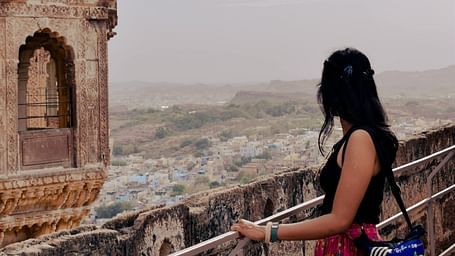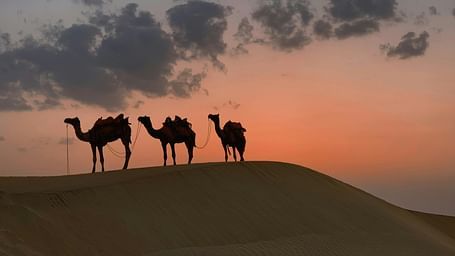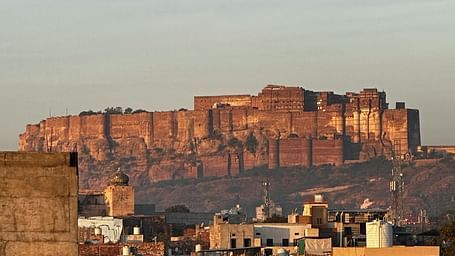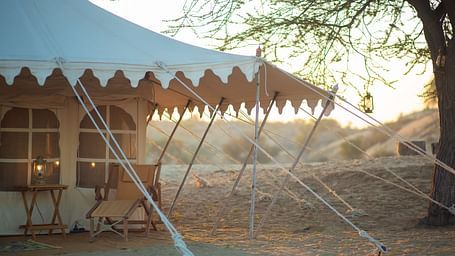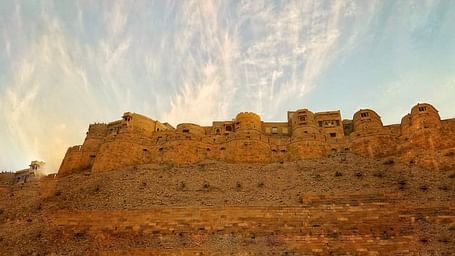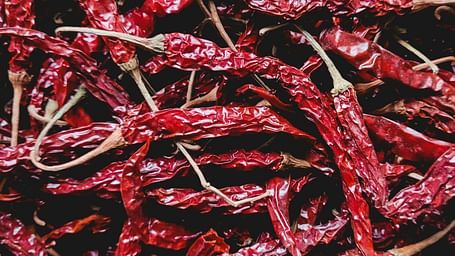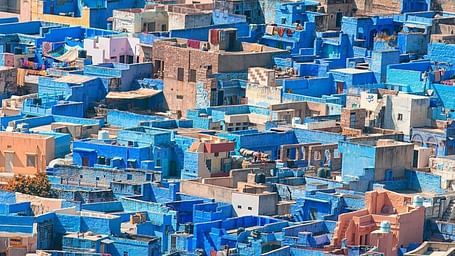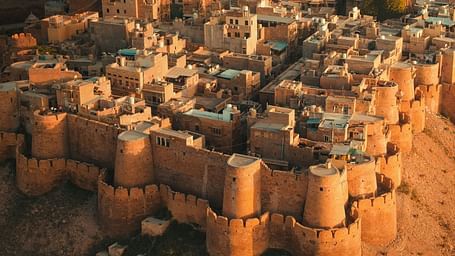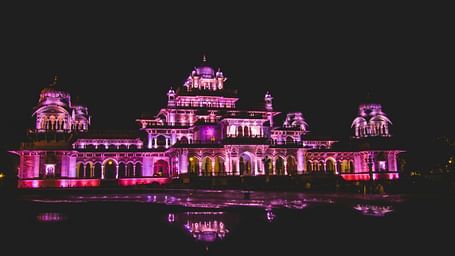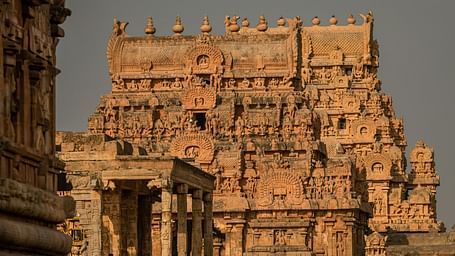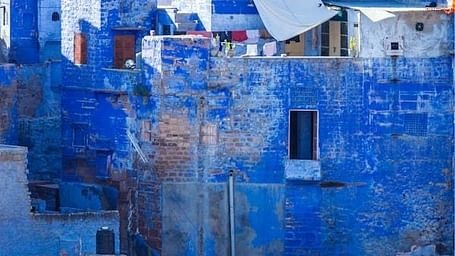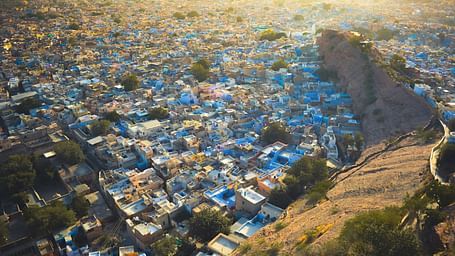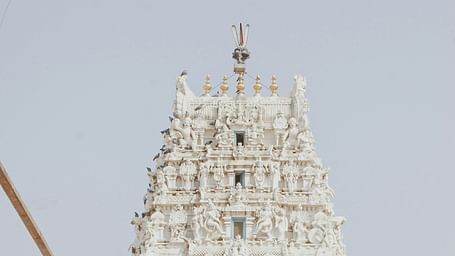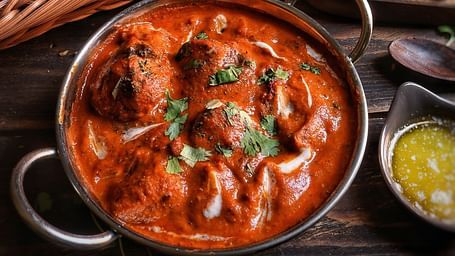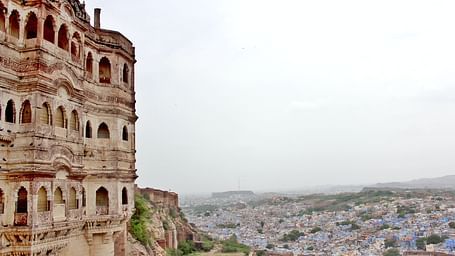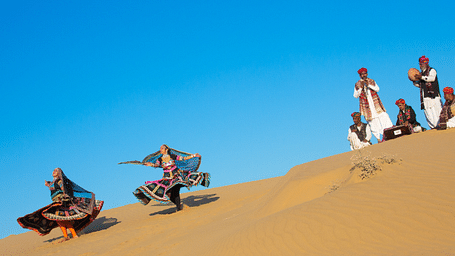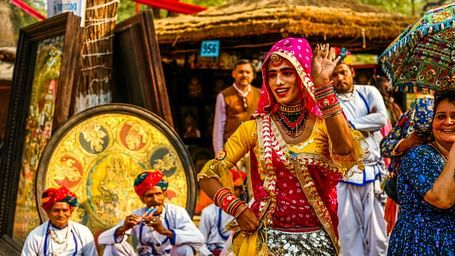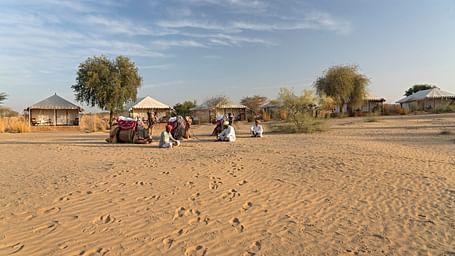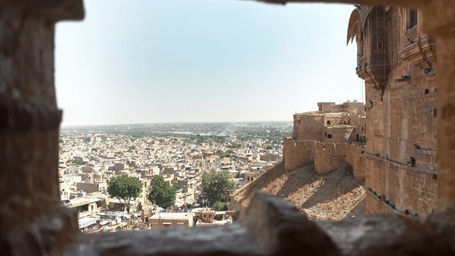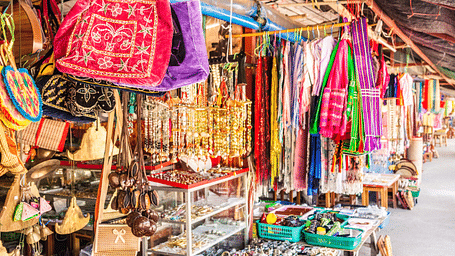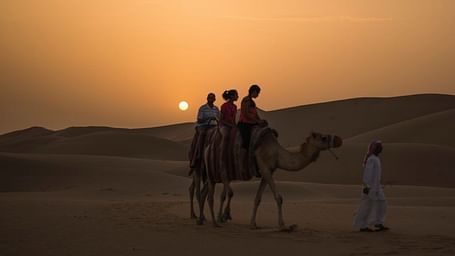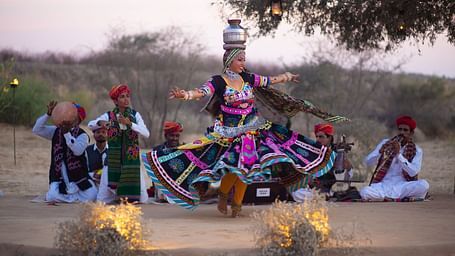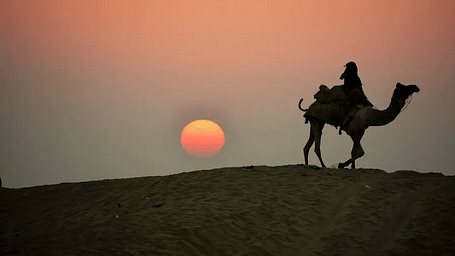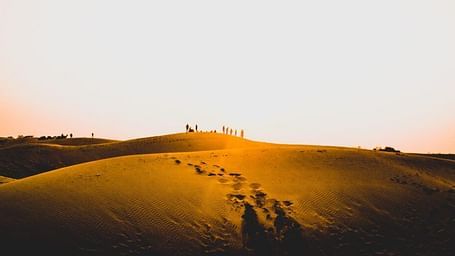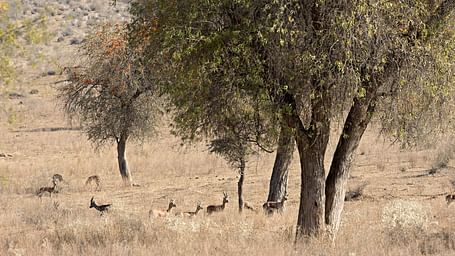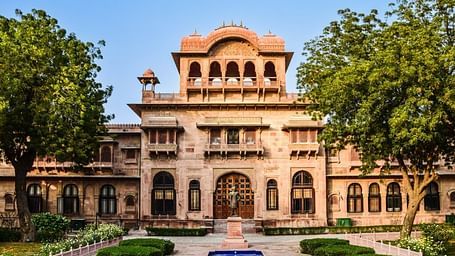- Things to Do in Rajasthan
- Camel Safari Jaisalmer
- Your Ultimate Rajasthan Desert Trip
- Sun City of India
- Desert Resort near Jodhpur
- History of Mehrangarh Fort
- Rajasthani Cuisine
- Places to Visit Near Jodhpur
- History of Jaisalmer Fort
- Cultural Heritage of Rajasthan
- Jodhpur Temples
- Blue City Jodhpur
- Weekend Getaway near Jaipur
- Jaisalmer Desert Festival
- Jodhpur or Jaisalmer Which is Better
- Khichan Cranes and Lohawat Bishnoi Temple, Rajasthan
- Bhadariya Temple and Ramdevra Temple
- Culinary Delights of Jodhpur: A Foodie's Paradise
- Mehrangarh Fort: Journey through Bollywood’s Iconic
- Jaisalmer's Rajputana Glory: Embracing A Golden Legacy
- Starry Nights and Desert Dreams with MANVAR
- Rajasthani Folk Dances: A Vibrant Display of Tradition
- The Village Walk Experience near MANVAR
- Exploring Nearby Attractions
- Shopping in Jaisalmer
- Camels: The Ship of the Desert
- Unleashing the Thrill of Dunes
- Embracing Rajasthan's Fashion Heritage
- Jaisalmer's Film Connections
- Festivals and Folklore in Jaisalmer
- Chasing the Golden Hour
- Road trip through Rajasthan
- Architectural Marvels of Jaisalmer
- Exploring the Thar Desert
- Why Jaisalmer is called golden city?
- Exploring the Wild Side of Thar Desert
- The Timeless Beauty of Salim Singh Ki Haveli
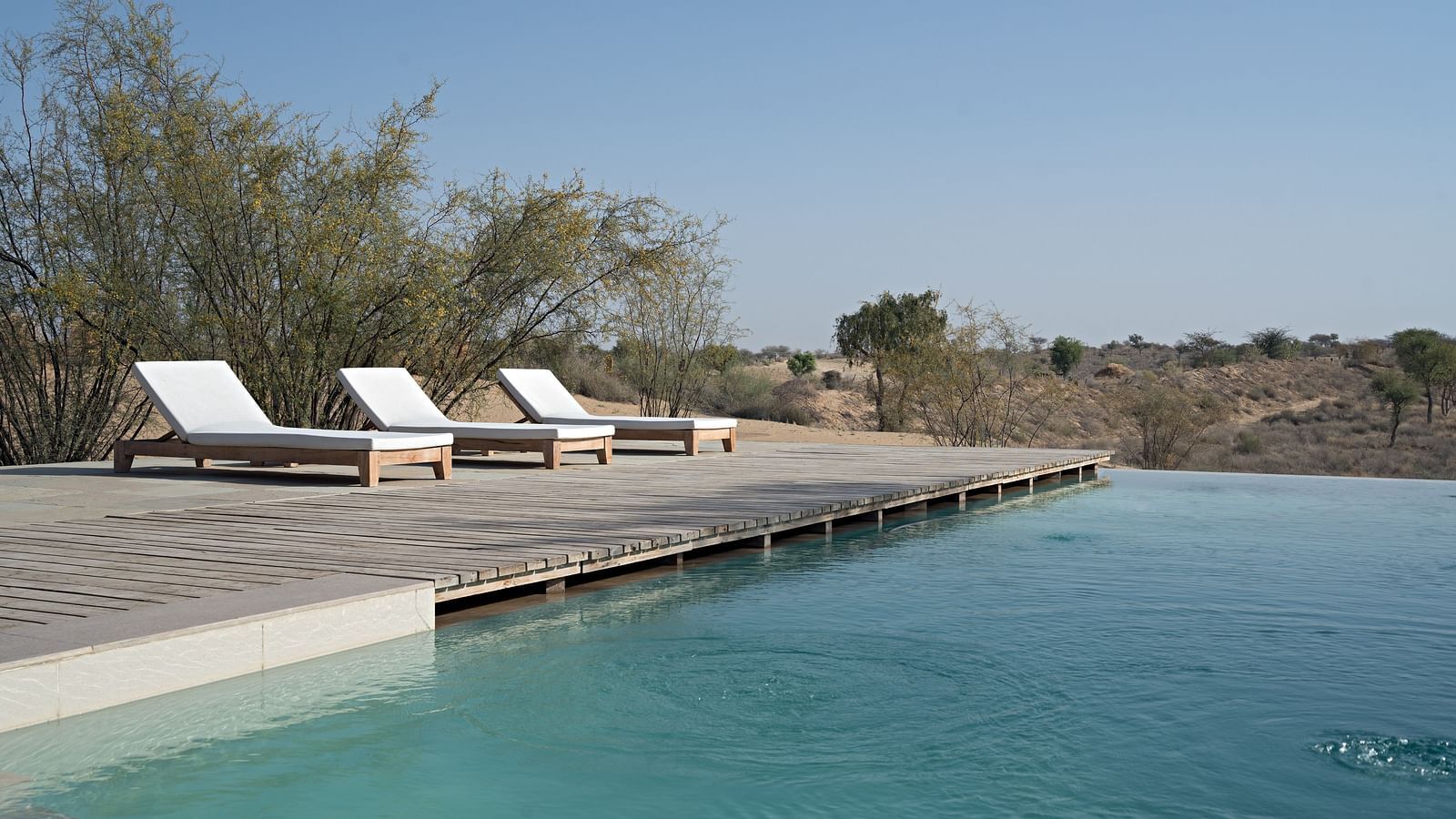
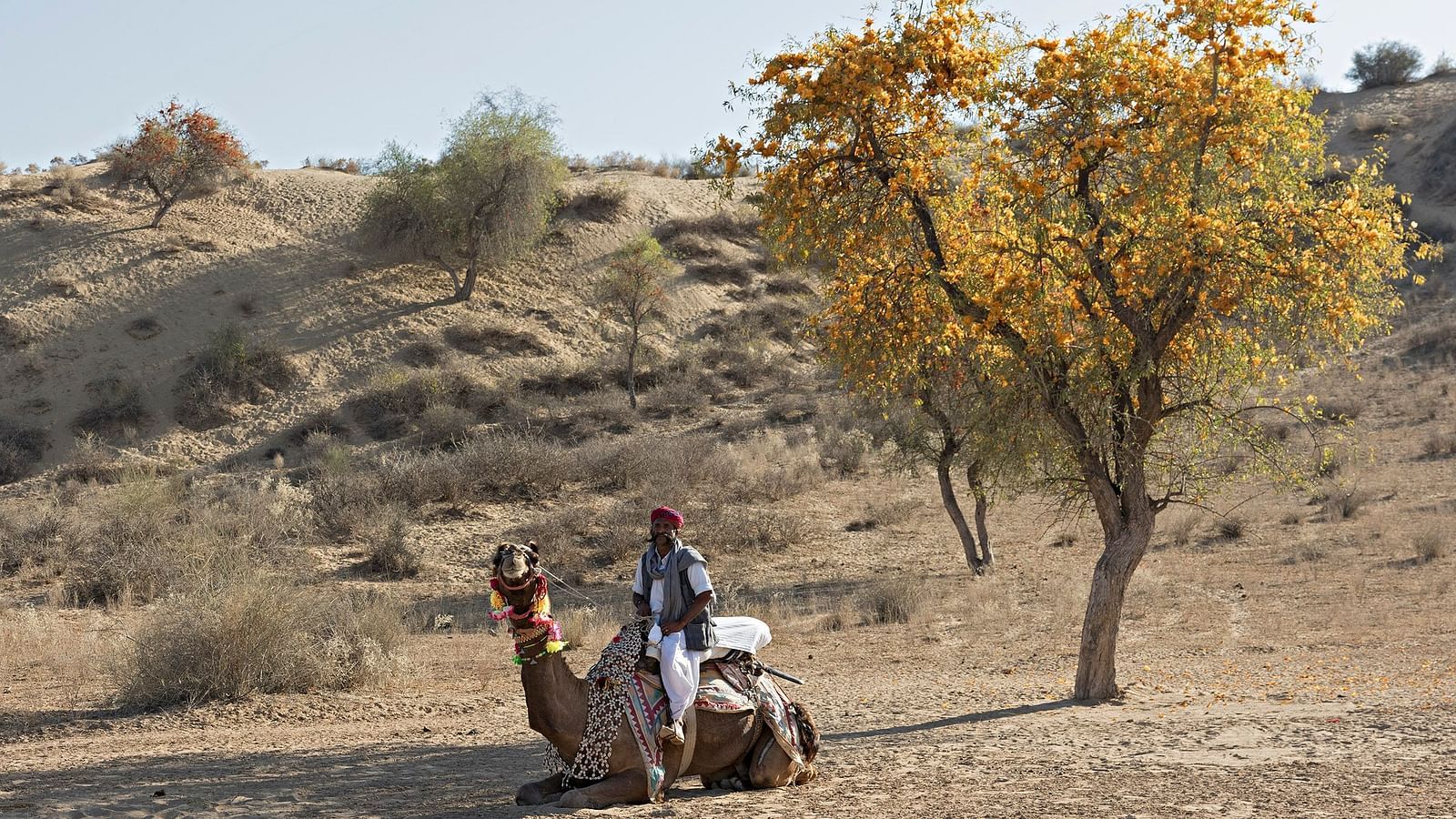
Culinary Delights of Jodhpur: A Foodie's Paradise
Jodhpur, known as the ‘City of Blue’ for its architecture, is also a place for mouthwatering, spice-blended with sweetness that kicks your taste buds. From sumptuous cuisine to local Jodhpur kachori, here is a place to try world-class cuisine. The Rajasthani cuisine is highly nutritious due to using millet, pulses, lentils, and legumes to replace the vegetables.

Culinary Delights of Jodhpur: A Foodie's Paradise
Jodhpur, known as the ‘City of Blue’ for its architecture, is also a place for mouthwatering, spice-blended with sweetness that kicks your taste buds. From sumptuous cuisine to local Jodhpur kachori, here is a place to try world-class cuisine. The Rajasthani cuisine is highly nutritious due to using millet, pulses, lentils, and legumes to replace the vegetables.
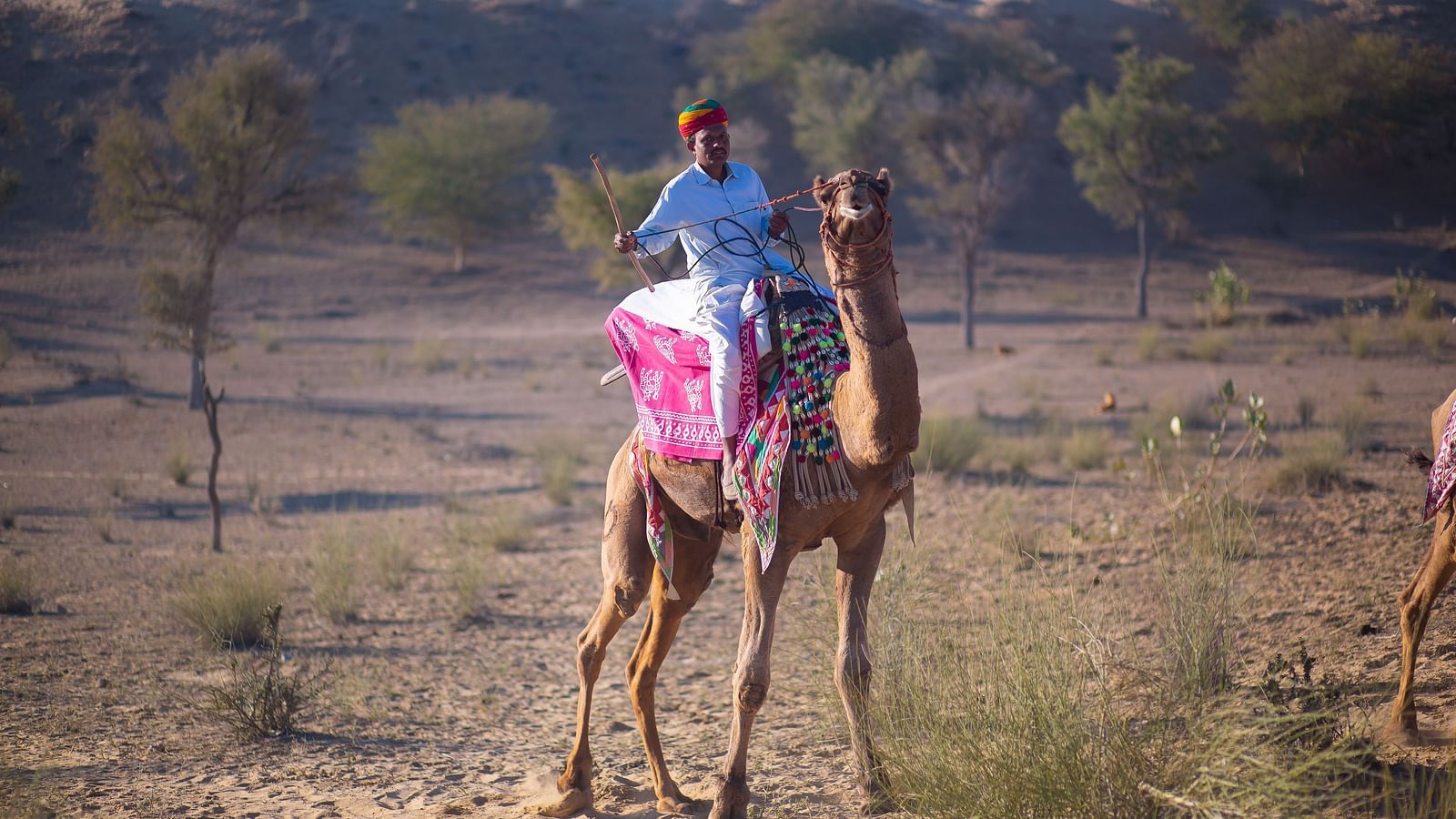
Culinary Delights of Jodhpur: A Foodie's Paradise
Jodhpur, known as the ‘City of Blue’ for its architecture, is also a place for mouthwatering, spice-blended with sweetness that kicks your taste buds. From sumptuous cuisine to local Jodhpur kachori, here is a place to try world-class cuisine. The Rajasthani cuisine is highly nutritious due to using millet, pulses, lentils, and legumes to replace the vegetables.
Blogs
These things to do in Rajasthan will bring unforgettable experiences, from the royal grandeur of Mehrangarh Fort and the serene beauty of Jaswant Thada to the golden allure of Jaisalmer’s dunes and havelis.
Whether you are marvelling at the dunes, soaking in the sunset, or listening to the stories of the Thar, each moment of the camel safari, Jaisalmer, is a step into a world far removed from the ordinary.
Embark on an unforgettable Rajasthan desert tour at MANVAR, where luxury meets adventure in the heart of the Thar Desert. Experience thrilling activities, cultural immersion, and exquisite Rajasthani cuisine for a truly unique desert getaway.
Uncover the secret of why Jodhpur is called the Sun City. Dive into its sunny charm, blue streets, majestic forts, and vibrant culture, and elevate your stay at MANVAR Resort!
Experience the magic of Jodhpur with a stay at MANVAR Resort & Desert Camp! Discover luxurious accommodations, delightful dining, and unforgettable desert adventures that perfectly blend comfort and culture.
Over the centuries, the fort has witnessed numerous battles, sieges, and political intrigues. The fort was crucial in defending the kingdom against invaders, serving as a bastion of Rajput pride and resilience.
The cuisine is an appealing blend of flavours, colours, and aromas passed down through generations. Rajasthani cuisine offers a culinary experience as grand as the state itself, from the spicy and savoury to the sweet and indulgent.
Explore the must-visit spots near Jodhpur, from enchanting temples to lively villages. Immerse yourself in the rich history and vibrant culture just a short drive away!
Journey through the fascinating history of Jaisalmer Fort, from its majestic origins to its enduring legacy. Discover the fort's rich past while experiencing Rajasthan's royal charm.
The cultural heritage of Rajasthan is a vibrant mosaic of art, music, dance, and traditions that have been preserved and cherished over centuries. Rajasthan's cultural offerings are as diverse as its landscapes!
Jodhpur boasts several magnificent temples, each with unique charm and historical significance. Let us embark on a journey to explore six of the most prominent temples in Jodhpur.
Ever wondered why Jodhpur is called the Blue City? Discover its stunning blue architecture and vibrant culture in our latest blog!
Looking for a weekend getaway near Jaipur? Discover serene retreats, thrilling activities, and hidden gems perfect for your escape!
This three-day extravaganza, held every year in February, showcases Rajasthan's rich cultural heritage, captivating visitors with its folk performances, vibrant processions, and a unique blend of tradition.
Choosing between Jodhpur & Jaisalmer can be a challenge. This blog delves into the unique charm of each city, helping you decide which one aligns best with your travel preferences.
Among Thar Desert's many treasures are the Khichan Cranes and the Lohawat Bishnoi Temple, two destinations that offer visitors a glimpse into the region's unique wildlife and spiritual heritage.
In the vibrant tapestry of Rajasthan's cultural heritage, the Bhadariya Temple and Ramdevra Temple stand as shining beacons of devotion and spirituality. These revered shrines continue to draw pilgrims and visitors from far and wide, each with its unique history and significance.
Jodhpur, known as the 'City of Blue' for its architecture, is also a place for mouthwatering, spice-blended with sweetness that kicks your taste buds. From sumptuous cuisine to local Jodhpur kachori, here is a place to try world-class cuisine. The Rajasthani cuisine is highly nutritious due to using millet, pulses, lentils, and legumes to replace the vegetables.
Mehrangarh Fort, a grand testament to India's historical and cultural richness, has gained fame as an alluring backdrop for filmmakers aiming to encapsulate the desert state's essence. Let's explore a selection of remarkable films that have utilized Mehrangarh Fort's majestic charm to celebrate its beauty and heritage.
Jaisalmer proudly stands as a testament to the valour, grandeur, and rich heritage of the Rajput rulers. The "Golden City '' of India, Jaisalmer, with its mesmerizing sandstone architecture, intricate havelis, and captivating culture, offers a timeless glimpse into Rajasthan's royal past.
The desert is a place where you can experience starry nights and desert dreams. It is a place where you can find yourself, and lose yourself. It is a place where you can create memories that will last a lifetime.
Nestled in the heart of India, Rajasthan, often referred to as the “Land of Kings,” boasts a heritage steeped in colour, vibrancy, and cultural richness. One of the most captivating facets of this heritage is the splendid array of Rajasthani folk dances, each a living testament to the state’s history, diversity, and the spirit of its people.
When you think of a trip to Rajasthan, images of majestic forts and expansive deserts often come to mind. However, there’s a side to this vibrant state that’s equally captivating yet lesser known – the charming village walks. One such hidden gem is the village near MANVAR, where you can immerse yourself in the heartwarming local culture and discover the essence of rural Rajasthan.
Jaisalmer, the “Golden City,” is a treasure trove of history, culture, and natural beauty. While the city itself offers a plethora of captivating experiences, venturing beyond its borders unveils a world of enchanting nearby attractions. In this blog, we invite you to explore the breathtaking Sand Dunes, the serene Kuldhara Village, and the picturesque Gadisar Lake.
Jaisalmer, the “Golden City” of India, is renowned for its rich cultural heritage and vibrant markets. In this blog, we invite you on a virtual shopping spree, exploring the colourful markets of Jaisalmer and uncovering the remarkable handicrafts, textiles, and jewellery that make this city a shopper’s paradise.
In the vast expanse of the Thar Desert, camels reign as the majestic “Ship of the Desert.” From transportation to trade, camels have been invaluable companions to desert-dwelling communities. In this blog, we delve into the significance of camels, exploring their role as the lifeblood of the desert and celebrating the unique bond between humans and these resilient animals.
Embarking on a desert adventure is an exhilarating experience that pushes the boundaries of excitement and offers a unique perspective on nature’s raw beauty. In this blog, we explore the heart-pounding world of desert adventure sports, where adrenaline junkies can immerse themselves in activities like jeep excursions, camel safaris, and nature walks.
Welcome to the enchanting world of Rajasthan’s fashion heritage, where vibrant colours, intricate craftsmanship, and timeless elegance come together. Rajasthan, the land of majestic forts and rich cultural traditions, is renowned for its opulent fashion heritage. In this blog, we invite you to immerse yourself in the vibrant tapestry of Rajasthani fashion.
Jaisalmer, the stunning golden city of Rajasthan, has captivated filmmakers from Bollywood and the international film industry. Its enchanting architecture, vibrant culture, and breathtaking landscapes have provided the perfect backdrop for numerous cinematic creations. Let’s explore the popularity of Jaisalmer as a filming location and some of the famous films shot in this mesmerizing city.
Nestled in the golden sands of Rajasthan, Jaisalmer is a city that exudes a rich cultural heritage. Beyond its magnificent architecture and picturesque landscapes, Jaisalmer is known for its vibrant festivals and captivating folklore. This blog takes you on a journey through the cultural extravaganza of Jaisalmer, where festivals come alive with fervour and folklore weaves tales of the past.
In the heart of the Thar Desert in Rajasthan, lies a hidden oasis of luxury and tranquillity known as MANVAR a Luxury Desert Camp in Jaisalmer. Nestled amidst the golden dunes of Jaisalmer, this desert camp offers a unique opportunity to experience the magic of the desert while indulging in the comforts of a luxury retreat.
Rajasthan is a thriving state renowned for its voluminous heritage, history, and culture. It is renowned for its palaces, forts, deserts, and vibrant bazaars. In Rajasthan, taking road trips is a common way to experience the state’s diversity and beauty. The MANVAR desert camp is one such rising-in-fame road trip site.
The city of Jaisalmer in Rajasthan, India, is known for its magnificent architectural marvels that stand as a testament to the rich cultural heritage and history of the region. In this blog, we will explore the architectural marvels of Jaisalmer and why they are a must-visit for any traveller visiting Rajasthan.
The Thar Desert, also known as the Great Indian Desert, is one of the most fascinating places to explore in India. Covering an area of approximately 200,000 square kilometres, it is the world’s 17th largest desert and lies in the northwestern region of India.
Jaisalmer, also known as the “Golden City,” is a city located in the westernmost part of the state of Rajasthan in India. It is a popular tourist destination known for its rich cultural heritage and unique architecture, which is reflected in the beautiful sandstone structures that dominate the landscape.
Despite the expectations that a desert does not harbour many living creatures, the Thar desert is an incredible place to experience scrub forest-type wildlife. This arid region is home to a variety of species that have adapted to the harsh conditions of the desert. In this blog post, we’ll take a closer look at some of the wildlife you can expect to encounter on a safari around our desert camp near Jaisalmer.
Despite the expectations that a desert does not harbour many living creatures, the Thar desert is an incredible place to experience scrub forest-type wildlife. This arid region is home to a variety of species that have adapted to the harsh conditions of the desert. In this blog post, we’ll take a closer look at some of the wildlife you can expect to encounter on a safari around our desert camp near Jaisalmer.
